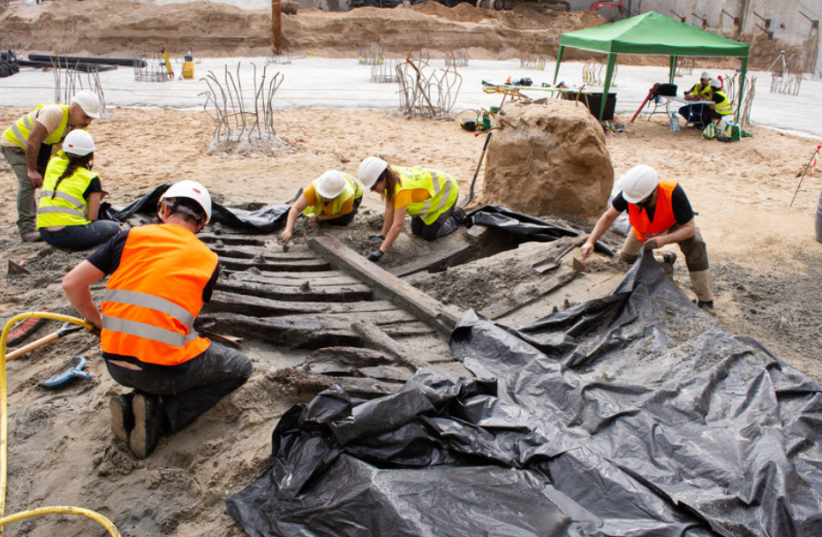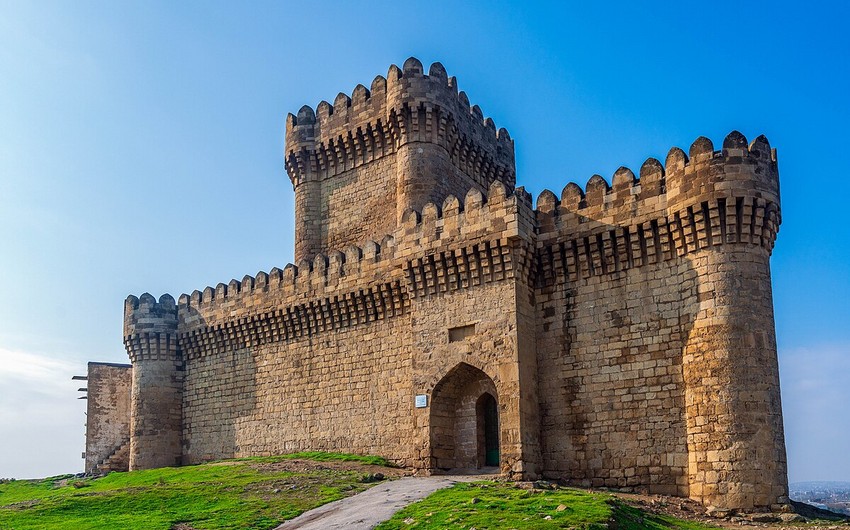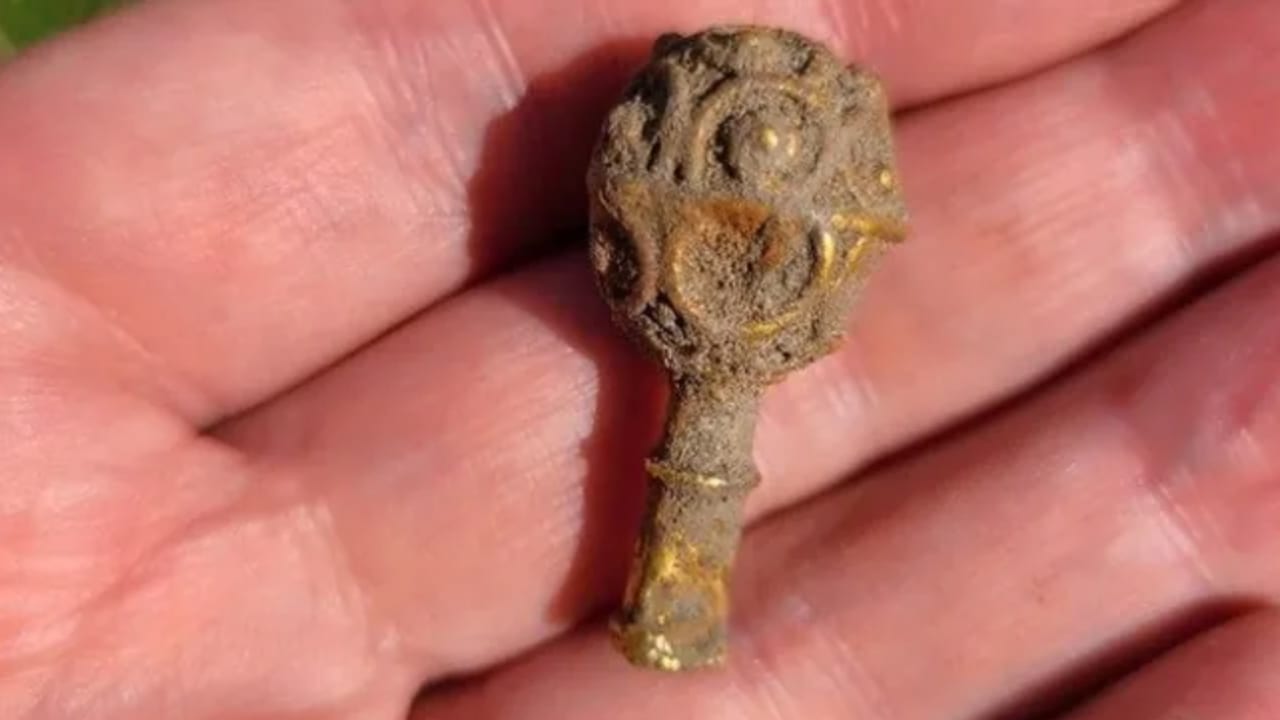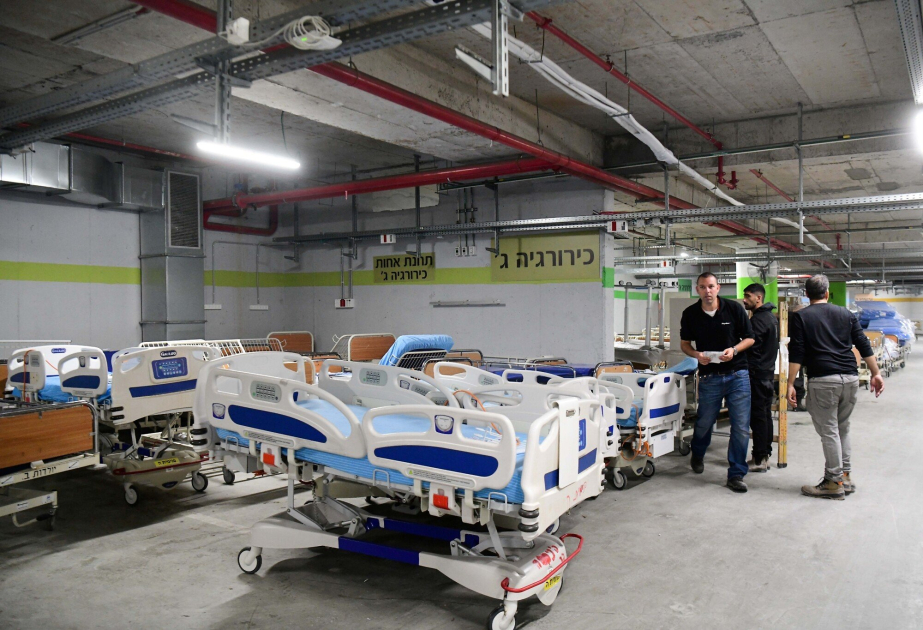By JERUSALEM POST STAFF
“The ship's structure consists of over thirty curved wooden ribs, with planks connected using a mixture of wooden dowels and iron nails”.
An ancient medieval shipwreck was unearthed during construction work in Barcelona. The remains of the ship, provisionally named Ciutadella I, were discovered during recent excavations in the Ciutadella area as part of the development of a new biomedicine center.
Spanish archaeologists working on the site uncovered a large fragment of the vessel, measuring approximately ten meters in length and three meters in width. The ship is believed to have sunk around 500 years ago, possibly during a storm in the 15th or 16th century. The discovery occurred at a depth of more than five meters below sea level, in an area that was still submerged at the time of its sinking.
“The ship's structure consists of over thirty curved wooden ribs, with planks connected using a mixture of wooden dowels and iron nails,” explained Santi Palacios, the lead archaeologist responsible for the excavation. “This construction method is typical of medieval boats found in the Mediterranean and across Europe since the mid-15th century,” he added, according to El Periódico.
The vessel was found in a state of preservation, thanks to the groundwater that kept the timber waterlogged and prevented decay. However, the wood is extremely fragile and susceptible to deterioration once exposed to air. To mitigate this, archaeologists kept the wreck partially covered with sand to maintain stable humidity levels.
Organic remains, including hazelnut seeds and whole pine cones, were also found at the site. These findings are currently under study and could aid in precisely dating the shipwreck. “The organic remains highlight the importance of this discovery and may provide further insight into the port activity of that era in this area,” said Palacios.
The excavation is part of a larger project involving the construction of a new biomedicine center, which is included in a future research and innovation complex known as Ciutadella del Coneixement. The construction also includes a new parking area designed as a hub for sustainable mobility services to support the biomedical research facilities associated with the CSIC and UPF.
This was not the first time such a maritime discovery was made in Barcelona. In 2008, another medieval ship, dubbed Barceloneta I, was discovered during construction work near the Estació de França. The Barceloneta I is dated to the 15th century, and its remains are exhibited at the Museum of History of Barcelona, providing insights into the commercial activity of medieval Barcelona.
The Ciutadella I shipwreck enhances the understanding of medieval maritime activity in Barcelona and offers a source of knowledge about sailing and shipbuilding techniques in the 15th and 16th centuries. The ship features skeleton construction, a method involving frames and planks joined with iron nails and wooden dowels, which was common in medieval Mediterranean shipbuilding and spread throughout Europe from the mid-15th century.
Due to the vessel's fragile condition, the Archaeology Service of Barcelona collaborated with the Archaeological Museum of Catalonia and the Centre d'Arqueologia Subaquàtica de Catalunya (CASC) to ensure proper documentation and conservation of the structure. The wood, being waterlogged, must be kept constantly wet to prevent rapid deterioration. “The wood must be kept constantly wet to remain in good condition,” said restorer Delia Eguiluz.
In the coming weeks, the ship's remains will be carefully dismantled piece by piece and transferred to specialized facilities for conservation treatment. This meticulous process includes three-dimensional documentation, marking the pieces, taking samples, and preparing the structure for transport. The conservation treatment involves desalination with running water and impregnation with water-soluble wax—a substance that saturates the wood and strengthens its internal structure to ensure long-term preservation.
Archaeologists hope that studying the ancient timbers and construction techniques of the Ciutadella I will shed new light on medieval shipbuilding methods. Further studies will be conducted to obtain more information about the origins of the ship and its role in Barcelona's maritime history. The location of the ship, as it was found in an area that was once part of the coastline, indicates that the maritime shore of Barcelona extended much further inland 500 years ago than it does today.
The discovery enriches knowledge about medieval maritime activity in Barcelona and underscores the city's historical importance as a hub for merchants from various regions. As excavations continue, there is potential for uncovering additional archaeological remains, with estimates that between 10% and 15% of the 7,000-square-meter site remains to be explored.










.jpg)










